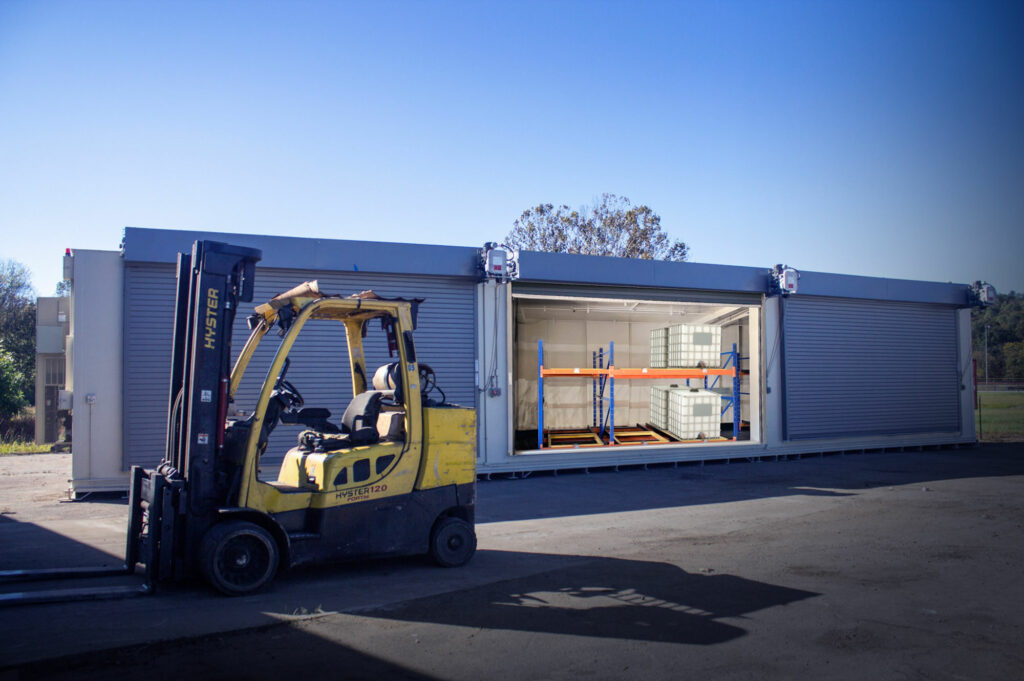We hope you’re not lactose intolerant for this next story of chemical storage mayhem. Earlier this week, traffic came to a screeching halt in London, Ontario when a mysterious viscous white liquid began seeping out of a lumbering delivery van making unscheduled deposits on the freeway. Leaking fluids from any motorized vehicles on the highway seldomly bodes well for pedestrians, let alone the environment, but this creamy concoction oozing from the cargo section was more innocuous than most chemical contaminations. After a quick investigation, authorities surmised the leaking fluid was melted ice cream that somehow penetrated the floorboards of the van before exposing the pavement beneath to the sugar toxins. It’s not the first time that traffic has yielded the right-of-away to an ice cream truck on a hot summer day, but a waffle cone would’ve been a nice addition instead of the purified mixture bestowed to downtown streets. Who knows? Maybe the driver was simply retrieving the perpetual malfunctioning ice cream machine from McDonald’s?
We All Scream For Refrigerated Chemical Storage!
No one knows exactly how the packaged ice cream became reduced to a soupy mess. Every chemical compound has a melting point and it appears this frozen delight had long surpassed its expiration date. Without knowing the details of the truck’s refrigeration system, we can deduce that some mechanical error was the cherry-on-top to this sweeter than usual hazmat incident. Out of abundance of caution, local hazmat crews quickly responded by cordoning off the city street to traffic until the sweet elixir could be properly identified. Compatible refrigeration and climate control are a must for any chemical with a low melting point. Could you imagine what would’ve happened if the truck was carrying petroleum products of flammable accelerants instead of ice cream? Without warning, the truck could’ve easily exploded into a fiery incineration, snarling traffic and endangering motorists in the rubble of twisted metal and debris. Like Baskin Robbins, U.S. Hazmat storage has dozens of flavors of chemical storage and accessories to chill out anxious safety managers looking for compliant chemical storage. We offer optional climate control and refrigeration for more delicate cargo to prevent slow dripping leaks from turning into a full-blown environmental nightmare.
Climate Controlled Chemical Storage Keeps Products Inert While Awaiting Transport

Did you know that more than one-third of hazmat incidents occur on a major transportation route or thoroughfare? Uneven pavement and sudden braking from harried motorists can jostle otherwise secure payloads of dangerous chemicals. Secured hazardous material transport begins at your company’s warehouse with compliant chemical storage. Commonsense storage practices and onsite categorization at your base of operations encourages the same likeminded approach when shipping and unloading dangerous cargo within the secure confines of the warehouse. If workers and drivers have already become accustomed to safe and compliant storage procedures at the factory, they will be more likely to continue this same routine when the time comes to load dangerous product into semis and delivery trucks. Humans, after all, are creatures of habit, so it would actually take more effort to break the routine instead of simply abiding by the safe storage practices already emplaced. Chemical storage warehouses from U.S. Hazmat Storage can the lynchpin in your company’s protocol of federally compliant safety practices. Just the presence of a fire-rated chemical storage warehouse can be a gentle reminder of the gravity of the situation so workers are always cognizant to exercise extreme caution and care while loading dangerous chemicals scheduled for delivery.


